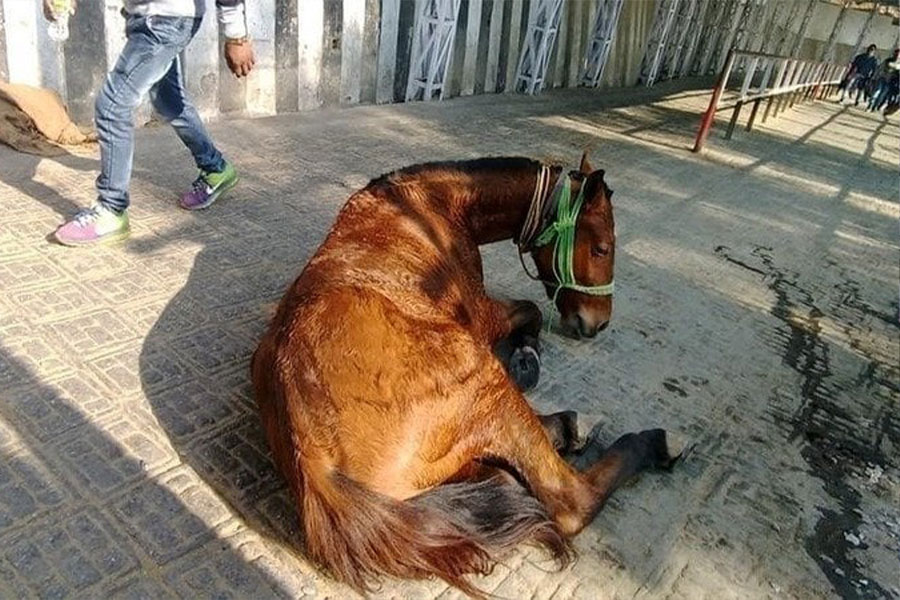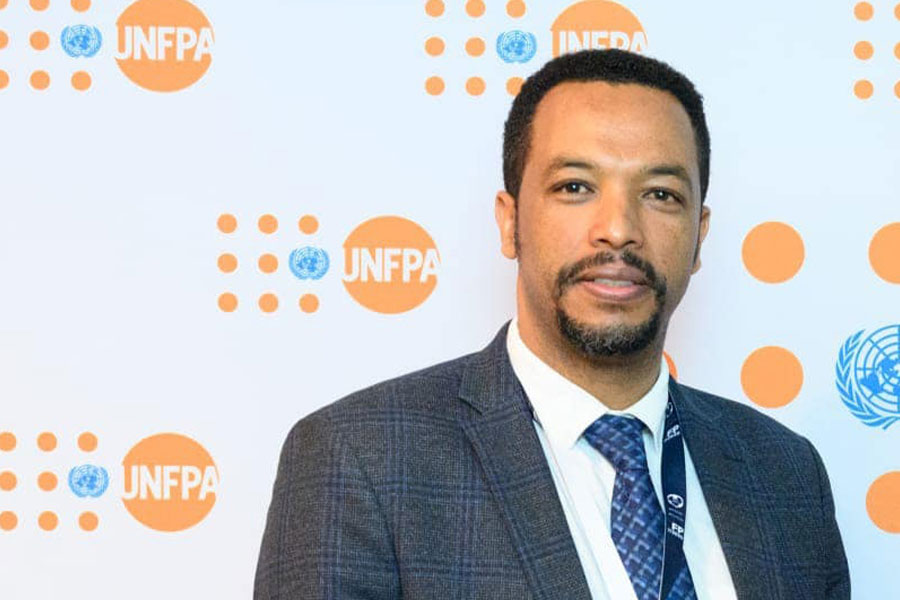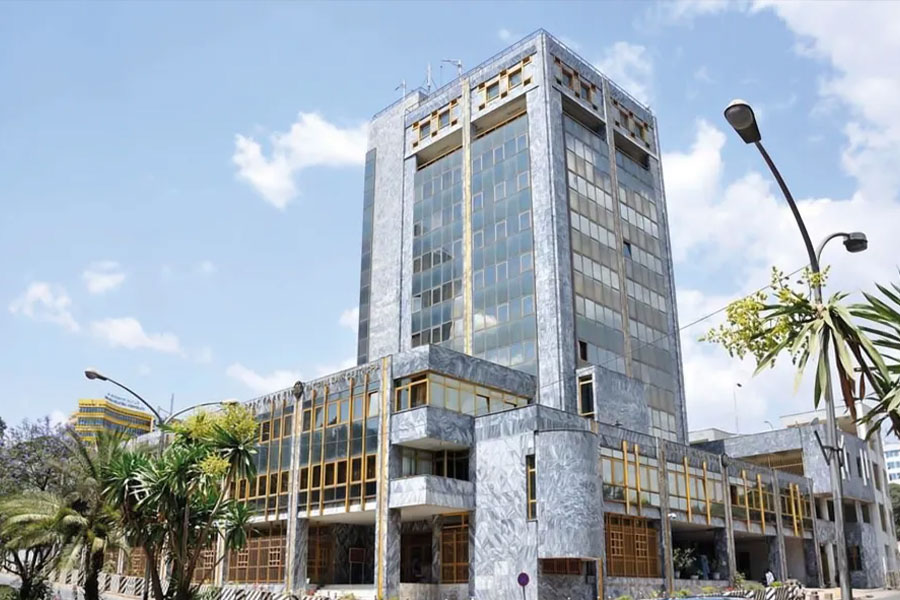Last week, Millennium Hall’s biggest technology fair, ETEX 2025, looked like a scene from tomorrow.
Drones zig-zagged over polished floors, holograms shimmered, and entrepreneurs pitched start-ups against walls of pulsing LEDs. Prime Minister Abiy Ahmed (PhD) moved from booth to booth with a contagious optimism, as if Addis Abeba had already vaulted into the future. For three days, the capital toyed with what artificial intelligence (AI) promises. Yet, behind the flashing screens sat a quieter worry, echoed in capitals from Washington to Beijing.
What would happen to the world of work?
A report Goldman Sachs released two years ago estimated that up to 300 million full-time jobs worldwide could feel the force of AI, with developed economies taking the heaviest hit. According to this report, roughly a quarter of work in the United States falls under the shadow of generative tools that write emails, imitate voices and drive cars today. Tech giants frame the upheaval as a productivity gift whose benefits will trickle everywhere.
Ethiopia’s worries are different. Here, the risk is less that robots replace people than that the country is excluded from the conversation altogether. Nearly three-quarters of jobs are informal. Only about one-fifth of citizens are online. Individuals cannot be displaced by a technology they never had.
The economy, still anchored in agriculture and low-margin services, faces limited exposure to the white-collar automation jitters of the rich world. But immunity is not safety. Silence in a debate that will shape global labour markets could prove costly.
The story is as much about digital inequality as about automation itself. While policymakers abroad argue whether AI hollows out middle-class jobs, millions of Ethiopians struggle with the basics, such as steady electricity, affordable smartphones, and mobile data that does not swallow half a hard-earned monthly paycheck. The GSM Association pegs mobile internet penetration in sub-Saharan Africa at 28pc. Ethiopia trails even that modest average.
For contemporary Ethiopian leaders, ambition appears in abundance. Launched in 2020, the “Digital Ethiopia 2025” blueprint imagined a leap into the digital age. Four years on, many targets still hover out of reach. The Digital Transformation Council and a clutch of projects to digitise government services show promise, but the backbone is weak. Information and communications technology contributes less than two percent to gross domestic product (GDP), and start-ups battle paperwork that can feel Sisyphean.
AI could be written in code, but it is forged in silicon and steel. Chatbots rely on data centres, high-performance chips, and rock-solid power grids. Here, Ethiopia’s infrastructure gap turns from nuisance to deal-breaker. Fewer than half of households have electricity. Without juice, the smartest algorithm is a stranded file.
Abroad, countries such as India and Vietnam are building the machine rooms of the AI era, fabricating semiconductors, wiring servers, and supplying parts at a global scale. Inside Ethiopia’s industrial parks, most factories still stitch garments. The capacity to build or even assemble digital hardware is close to zero. Without that muscle, talk of an AI economy remains that—talk.
Platforms coded in London and hosted in Frankfurt already make decisions for Ethiopian users with scant local oversight. The result is a creeping erosion of digital sovereignty. Data generated in Addis Abeba flows abroad to be analysed, monetised and locked behind foreign terms of service. Ethiopia lacks a complete legal framework to protect that traffic.
Project forward, and the hazards multiply. An algorithm could deny a trader’s loan because it fails to grasp informal credit circles known as Iqub. Recruitment software might filter out a brilliant graduate because her university never appears on global rankings. Left unchecked, AI risks are becoming a bureaucratic blender that purees nuance and reproduces inequality.
Still, the country holds cards worth playing. Ethiopia’s linguistic wealth can be a competitive edge. Localised natural-language processing for Amharic, Afaan Oromo, Tigrinya and other vernaculars could transform government hotlines, e-learning and rural health outreach. Some seeds exist. The Ethiopian Artificial Intelligence Institute (EAII) is pushing research, and private outfits such as iCog Labs are training language models and diagnostics tuned to African realities.
However, those shoots will wither without broader support. Venture cash is scarce, and policy remains patchy. More urgent is the hardware shortfall. In an ecosystem where there are no chips to be sourced and no cloud to locate, there can be no serious AI. Investment in reliable electricity, whether hydro dams or solar mini-grids, would light homes and power server racks. Streamlined import rules for equipment could quicken the pace. Clear data-protection law would signal that digital rights matter and encourage investors.
Ethiopia’s population could top 150 million by 2050, most of them under 30. Whether that youth bulge becomes a dividend or a liability may depend on how the country handles AI over the next decade. Today’s students watch Wi-Fi connections from cafes that flicker whenever the power drops, and they are aware that peers abroad are already training machine-learning models.
For now, the robots are nowhere near the garment lines in Hawassa or the teff fields outside Bishoftu (Debre Zeit). The greater danger is that they may never arrive. The future migrates to places with stronger signals and fewer blackouts.
In the afterglow of ETEX 2025, it is tempting to believe the future has landed on Ethiopian soil. But a trade show is a snapshot, not a trend line. Ethiopians’ choice is clear. Either build the pipes, rules and factories that let AI take root, or watch as decisions about the economy, jobs and data are made elsewhere. The technology need not replace workers; it could empower them. First, though, it has to show up, and stay here.








 Loading your updates...
Loading your updates...